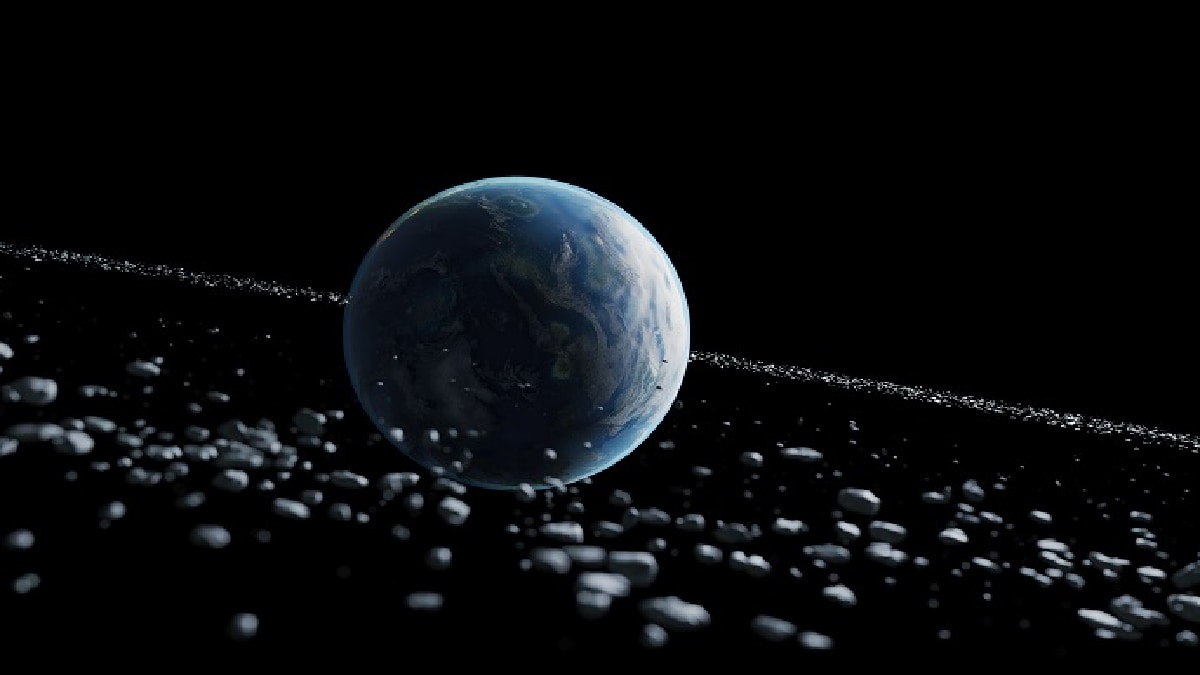Could Earth Have Had Rings Like Saturn?
Imagine a time when our planet, Earth, was adorned with beautiful rings akin to those of Saturn. According to recent research, this possibility is not just a fantasy, but may have actually occurred around 466 million years ago. Scientists are exploring the potential existence of a ring system that once surrounded Earth, raising intriguing questions about its formation and eventual disappearance.
The Historical Context: The Ordovician Period
The research, published in the journal Earth and Planetary Science Letters, suggests that Earth’s rings were formed during a tumultuous time known as the Ordovician period. This era was characterized by significant asteroid impacts, referred to as the Ordovician impact event, which saw a surge of meteors crashing to Earth. Lead researcher Andy Tomkins from Monash University examined the locations of 21 ancient impact craters that date back to this period. Remarkably, they discovered that all these craters lay within a 30-degree band along the equator, highlighting a concentrated area of meteor activity.
Formation of the Rings
Subsequent analysis led researchers to postulate that a sizeable asteroid may have ventured too close to Earth, breaching what is known as the Roche Limit. This proximity would have caused the asteroid to fragment into numerous smaller pieces, leading to the formation of a debris field around our planet. Over time, these fragments likely fell back to Earth, creating the craters that mark our planet’s surface today. This chain of events transforms our understanding of Earth’s geological history and hints at a complex chapter of our planet’s past.
Climate Impact and Ice Ages
Interestingly, this potential ring system may have played a significant role in shaping Earth’s climate. Researchers theorize that as the rings gathered, they could have obstructed sunlight, resulting in localized shadows across the planet’s surface. This phenomenon may have triggered a dramatic cooling event known as the Hernesian Icehouse, marking the coldest period on Earth in the last 500 million years.
Graphical Representation of Evidence
| Impact Event | Estimated Date | Geological Evidence |
|---|---|---|
| Ordovician Impact | Approximately 466 million years ago | 21 impact craters concentrated near the equator |
| Hernesian Icehouse | Following the impact event | Evidence of significant climate cooling |
Conclusion
This groundbreaking study not only sheds light on the possibility of Earth once having a ring system, but also emphasizes the dynamic and ever-changing nature of our planet throughout geological history. As scientists continue to unravel these mysteries, we gain deeper insights into the events that have shaped Earth, from dramatic asteroid impacts to significant climate shifts.









